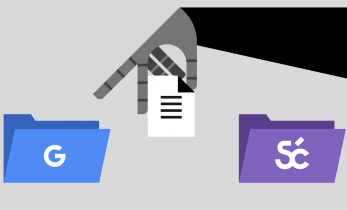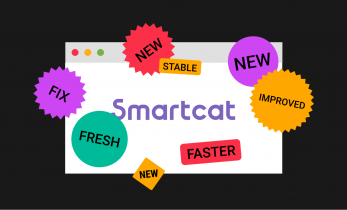Greater than 2 minutes
Translators vs. Machines Does automatic translation pose a serious threat to translators?
The staunchest advocates of technology predict translators’ doom in the not too distant future. But any sensible person who has used automatic translation software knows it’s not going to happen. At least, for the time being.
Even though these programs translate diligently word for word a text, the final result is not a proper translation by any means. As the famous Chilean translator Marina Orellana said: “Translation is not transliteration, that is, transcription of words from one language to another. (…) What really matters is to grasp the ideas and express them successfully.” Unlike human beings, these programs are unable to understand the meaning of a text, capture an author’s intention, make sense of cultural references or appreciate the nuances of register.
Something of the sort happens in movies as well. In “The Lord of the Rings” there’s a computer generated character that is surprisingly expressive and realistic. He’s Gollum, a pale and gawky creature, with huge, grey, evil eyes. But there’s a trick here: behind all this digital technology, lies the effort of a professional actor, who lends Gollum his voice and his almost human appearance. Technology by itself would not have been able to achieve this kind of verisimilitude. Translations generated by machines are very much the same. They are empty shells without human intervention.
Technology is moving too fast, and it’s likely that someday these programs get improvements. Probably they will produce acceptable translations, but there’s no doubt that they will need a good translator to make them perfect. Because it doesn’t matter how fast a microchip is or how much information it can process in a second. Computers will never understand the meaning of a text as a human being does. So far, no computer has been able to replicate or program that mysterious spark of comprehension that takes place inside the human brain.
Automatic translation, even the most sophisticated, will be just a useful and convenient tool. At its best, translators could use these programs to pre-translate quickly and easily repetitive and tedious technical, texts, such as user manuals, weather reports, minutes, which later on they will post-edit and improve, if the translated output is good enough to be edited. But more often than not, the best and quickest solution is to translate everything from scratch, using a CAT tool.
The idea that machine translation software can replace translators is almost utopian. In fact, if this day ever comes, computers will not only replace translators, but the rest of the human race.




